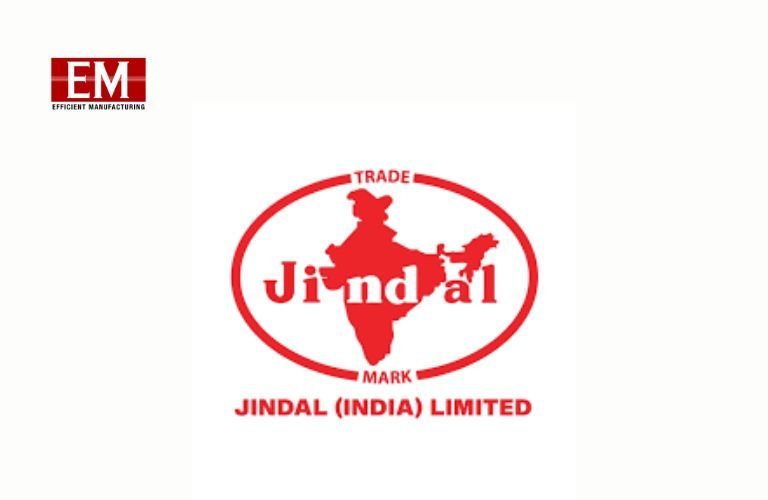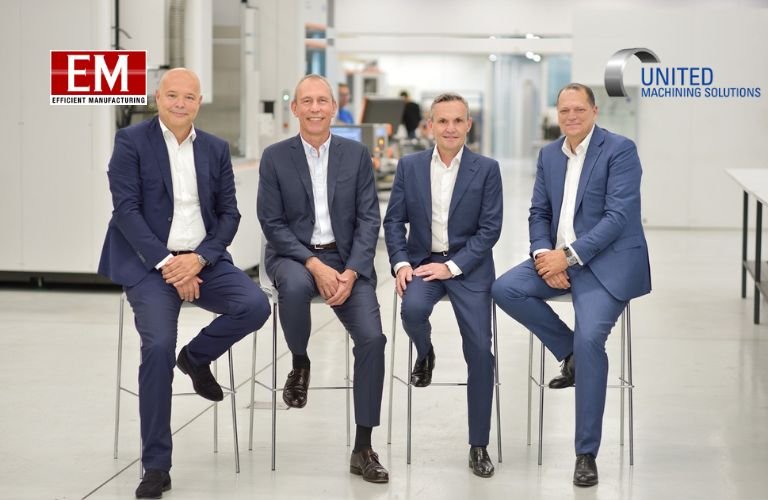| India has the second largest road network in the world 5.8 million km, comprising national highways, state highways and urban and rural roads. National highways in India account for 2% of the total road network and carry about 40% of passenger traffic. This article explores India’s road construction and mining sector achievements.
Neena Nikam, Head, Marketing Communications, Wirtgen India
The Indian government is encouraging the PPP (Public–Private–Partnership) model in the highway sector to increase the pace of road construction. An analysis of future trends indicates that road construction projects in India are set to increase, and new technologies will be required to fulfil this need. In India, the Government has laid a foundation of digitisation in road construction with its ‘Digital India’ mission and various other schemes. The Ministry of Road Transport and Highways is encouraging the implementation of a Value Engineering Program to promote the use of new, emerging and advanced technologies. Moreover, it is encouraging new and advanced technologies in road construction and development to achieve the following objectives:
• Increase the road construction rate
Mining and roadway construction advance forward



• Making the project eco-friendly
• More efficient lifecycle cost management
The codes and specifications to include advanced technologies in the project are reflected in the DPR of the road project. The construction of roads using plastic waste, a green initiative by the government, also requires advanced technology for efficient conduction. In recent years, some Indian states have also initiated proposals to adopt advanced technologies like ‘Intelligent Compaction Measurement Systems’ to support quality monitoring programs in road construction. The government’s existing codes and specifications are quite supportive of advanced technologies. The development of infrastructure, especially road building, has witnessed a major boost in the last five years. It has been functioning with the intention to reduce the high logistics costs and help India achieve greater global competitiveness.
The Ministry of Surface Transport has set itself a target of building 40 km of roadways per day. Due to many major projects being launched under the BHARATMALA programme, there has been a paradigm shift in road construction methods. With a clear focus and exclusive emphasis on highways through an accelerated highway development program, the NHAI announced and awarded several greenfield expressway projects, such as the Delhi–Mumbai Expressway, the Amritsar Jamnagar Industrial Corridor project, Delhi– Katra Expressway, Ganga Expressway and more. As it has been necessary to accelerate the speed of construction while keeping the costs in control to achieve targets while maintaining high-quality standards, the current conventional construction practices are being slowly replaced with new innovative methods. This has proven essential for both achieving good ride quality and durability while also completing these projects within time.
Sustainable construction goals
At the Wirtgen Group, sustainability is a firmly rooted element of our corporate principles and a guideline for our day-to-day actions. The Wirtgen Group understands sustainability as a social commitment and simultaneously as an opportunity for furthering the success of our company and the business activities of our customers. This is the reason why we firmly anchor the topic of sustainability in all of our corporate processes. Sustainability already plays an essential role in the design and construction of all our products and is a key factor in all further phases of the value chain, up to and including the use of machines in projects around the world. Our vision is ‘smarter, safer and more sustainable road construction’.
As far as the mining industry is concerned, there has been a growth in the demand for crushing and screening equipment, as most of the mining lease of iron ore and coal has been renewed. The new owners of the mines have started their operations. The surface mining market has seen increased growth opportunities at the global level after the pandemic. Industrialisation, growth in construction and infrastructure development projects and urbanisation are the major factors contributing to the surface mining market growth. Countries such as China, Mexico, Vietnam, Indonesia and India are witnessing significant opportunities for potential growth due to rapid industrialisation.












